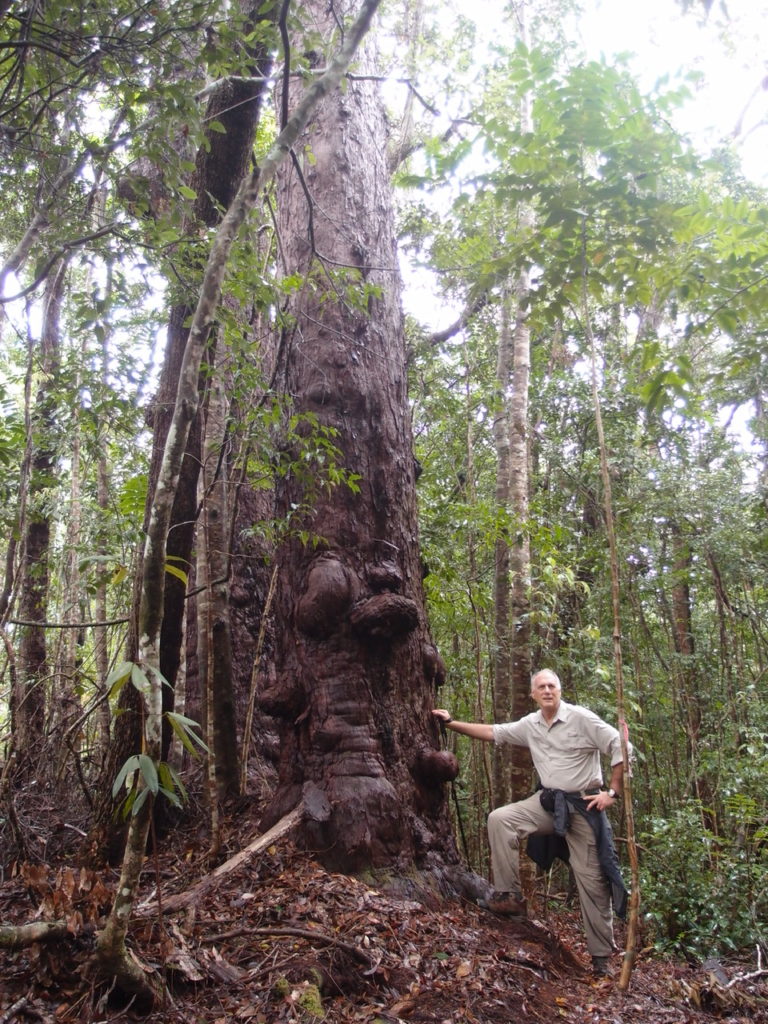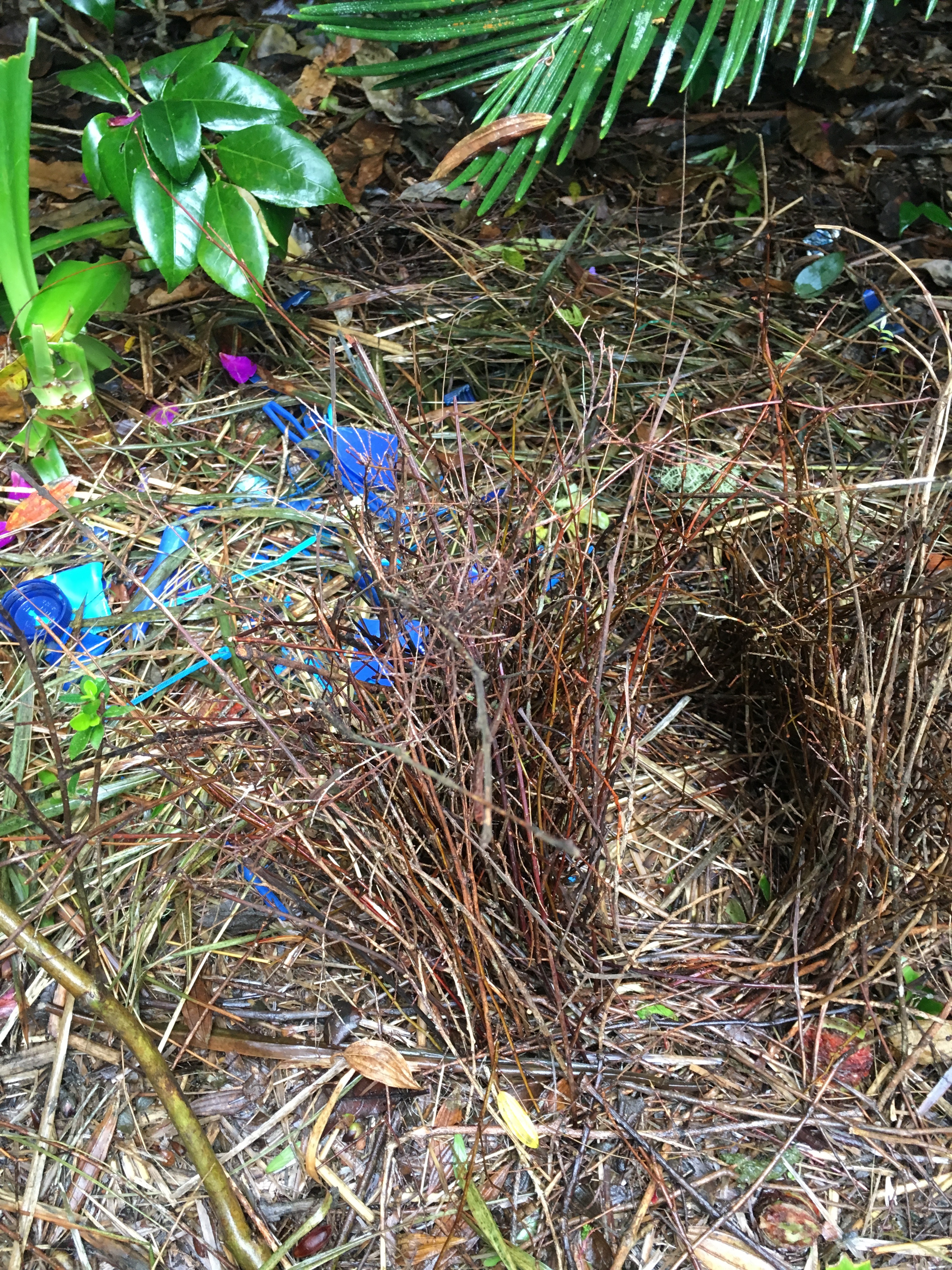Wilfred Karnoll and the Townsville Bushwalking Club would like to invite any interested Paluma residents to join a Bush Walk to Platypus Hole and Forgotten Falls on Sunday 6th March 2022. The details of this event and information has been provided by Wilfred below:-
When: Sunday 6th March, commencing at 8 am.
Where: Meet at 8 am at 24 Mount Spec Road, Paluma (Wilfred’s place).
What to Bring: Day pack with water bottle, food and snacks, sun screen, swimmers, a pair of sandshoes or crocs to wade across the creek (if you don’t want to get your hiking shoes wet) and camera/phone to take some memorable photos.
Cost: $5.00 per person to cover insurance with ‘Bush Walking Queensland’ as a temporary member for the day.
Booking: Please book with Wilfred, the team leader for the walk on Mobile 0447 822 626.
The walk starts at Clapham Junction on the Paluma Dam Road. From there we follow an old logging road on a ridge line between Williams and Echo Creek before turning off to drop down into Williams Creek to visit Platypus Hole. If we’re quiet we might see one of these elusive critters that give the big pool its name. We cross the creek and then proceed to the base of Forgotten Falls, which should be flowing nicely after the recent rains. Time for a swim and something to eat. We then climb to the top of the Falls, the brave ones can try a spot of rock scrambling, or you can follow the bush track beside the Falls. From there it’s an easy walk up to Chick’s Road and some waiting cars to return to the village. Whilst the walk is over some rough terrain, it is not too strenuous and not a full day walk, so anybody of a reasonable fitness level will be able to do it. It’s a great opportunity for Paluma residents to explore one of the little treasures in the area. We should be back in Paluma by mid afternoon, depending on walking speed.
























.jpg)












